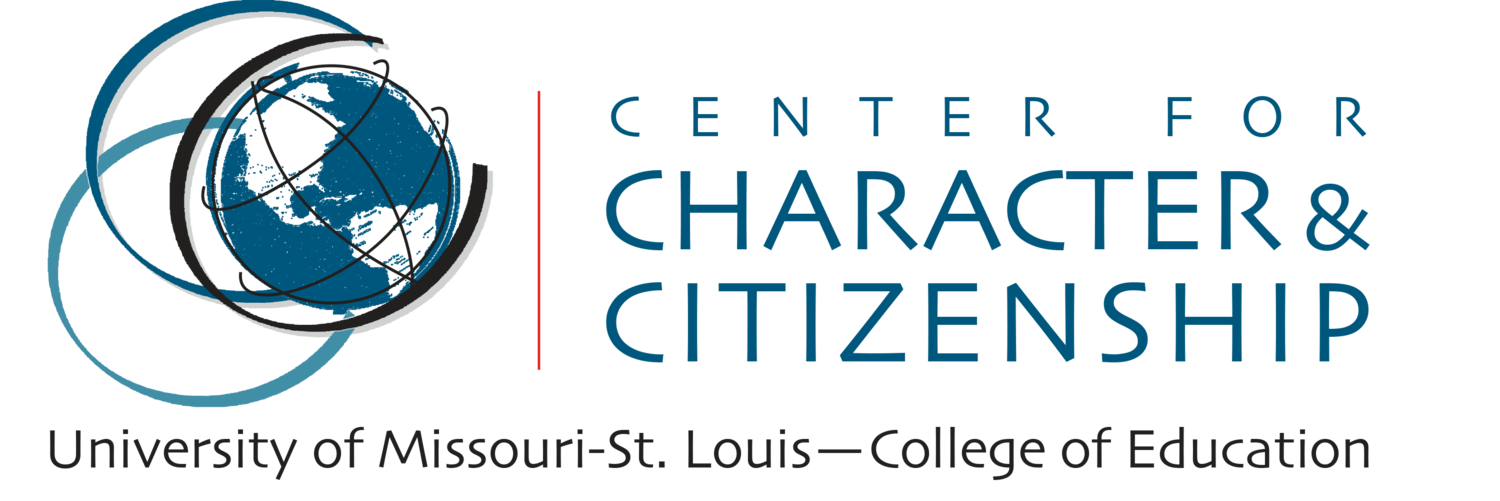Moral Issues in the Language Arts Curriculum
In the videos below, activities designed to deepen student understanding of literature also raise interpersonal and moral understanding, empathy, social justice, or cultural awareness. The Developmental Studies Center created two literature curricula, Reading, Thinking, and Caring for kindergarten through 3rd grade and Reading for Real for 4th through 8th grade. The activities shown in the videos are examples of those curricula. While the curriculum guides for these programs are no longer available, the videos provide examples of what integrating such an approach into the language arts curriculum might look like.
Note: The Child Development Project (CDP) is now named the Caring School Community, a program of Collaborative Classroom.
This video shows an impassioned and largely self-managed discussion focused on the importance of standing on one’s rights verses seeking personal safety and happiness. With the teacher’s guidance the students move to focusing on mistreatment of others and racism in their own lives.
In this video the students are able to see and appreciate many important similarities between these two people from different cultures with different physical characteristics. The lesson ends with the students experimenting with chopsticks, guided by class members who are skilled in their use.
In this video the students discuss, first as partners and then as foursomes, Harriet’s tactics as a conductor of the Underground Railroad. Students then construct Venn diagrams comparing Harriet with Tim Meeker, the hero of a book set in the Revolutionary War, which students read some months before. Partners next write dialogues in which the two characters discuss how they feel about the use of war to settle disputes. Volunteer pairs read their dialogues, and the video ends with a class discussion of whether slavery itself constituted a state of war.
A fifth grade class listens to Children of the Dust Bowl by Jerry Stanley and then discuss whether is was right for the educator Leo Hart to start a separate school for the “Okie” children rather than let them suffer the unfair treatment in their local California school. The students engage in a spirited discussion of the wisdom of “separate but equal” in which they demonstrate both insight and respectful disagreement. After many students have contributed, the teacher moves the class on to a partner activity highlighting new vocabulary from the book. To close this language arts block, students add new installments to their Children of the Dust Bowl journals, in which each has assumed the identity of an “Okie” child living in Weedpatch Camp. (Note, this video was taped in the school library because there was too much street noise in the regular classroom.)
This 30 minute video presents snapshots of Laura Ecken’s second/third grade class at Hazelwood Elementary, a high poverty school in Louisville, Kentucky. This is the same class that is documented in Learning to Trust . Three aspects of Laura’s reading program (home reading, daily class meetings for sharing home reading experiences, and daily individualized classroom reading) are shown at the beginning of the school year and again in October, March, and April. While the main focus of the activities is the improvement of students’ reading skills it becomes clear that learning to read and building a community are mutually reinforcing activities.
Many of the common core standards in English language arts and literacy are integrated and demonstrated in this overview of key aspects of Laura’s reading program.
In this video the students first discuss the qualities of character that Nate, the young boy in the story, displayed in becoming Miss Maggie’s friend and then interview each other about a special older friend. The students then draw their partner’s older friend and tell the class about each other’s special friend. (Note, the book Miss Maggie, is currently out of print.)
